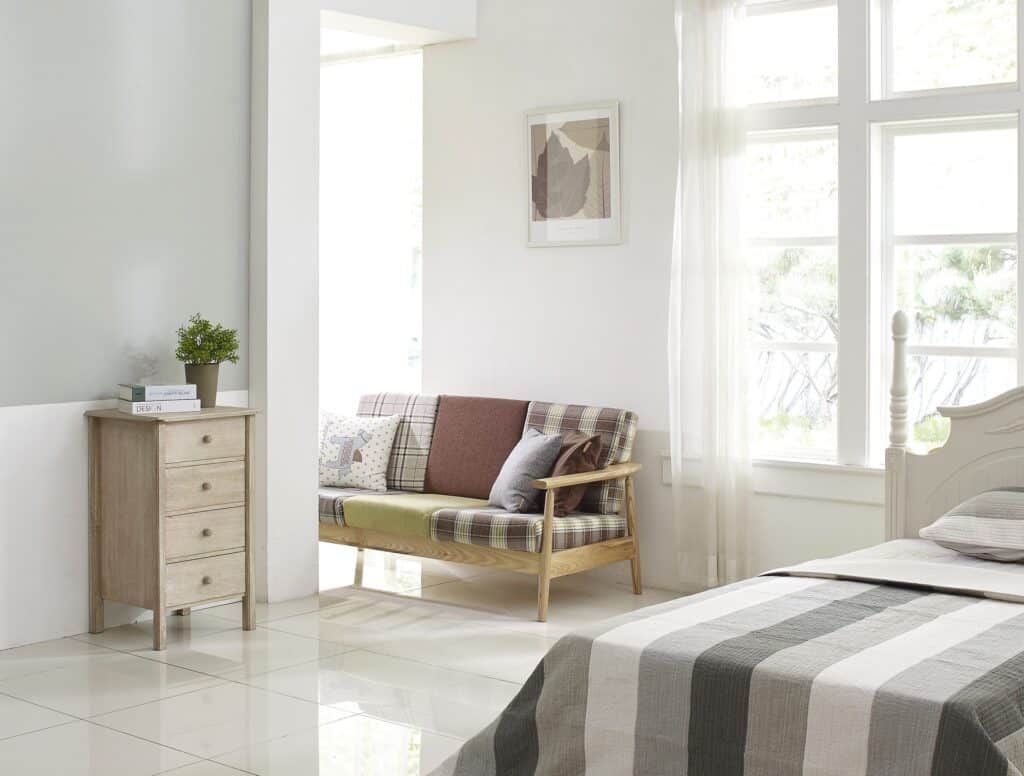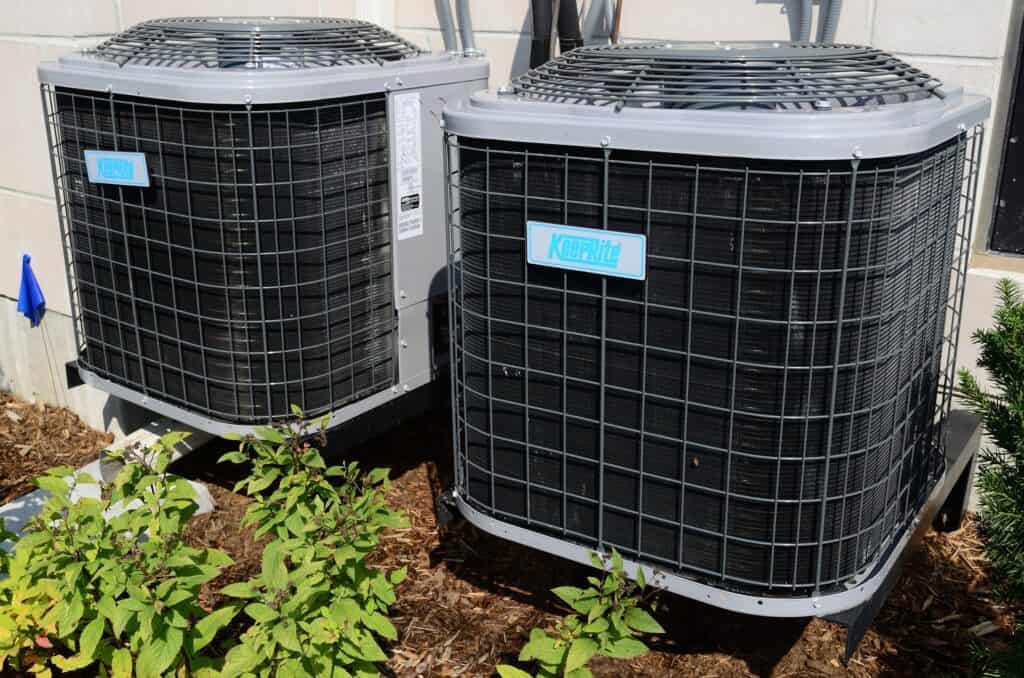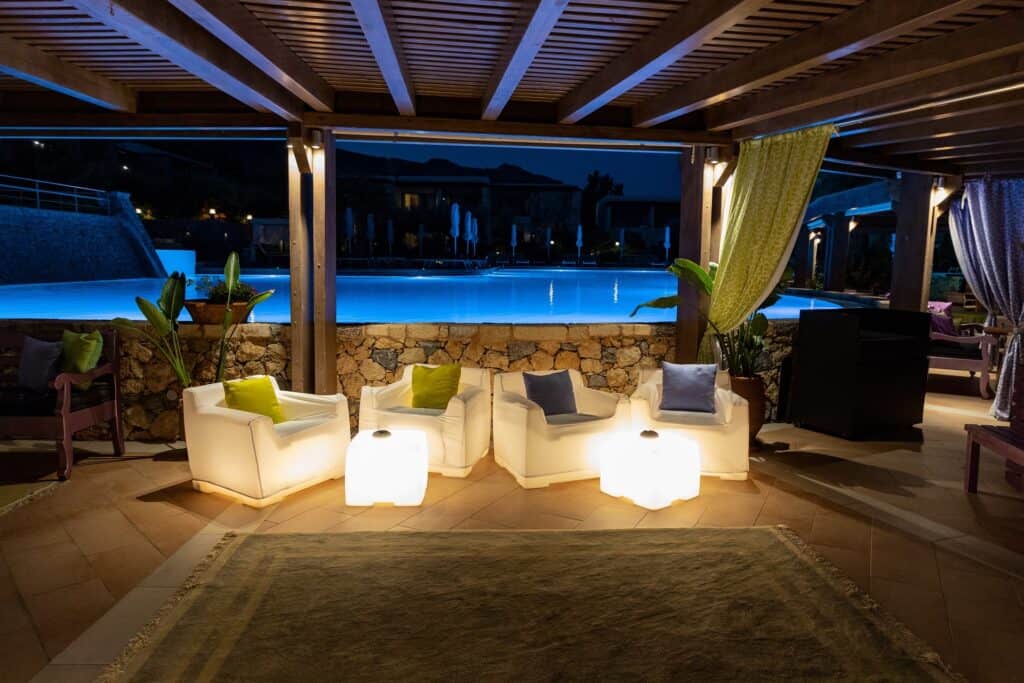Energy efficiency is an important part of any construction or remodeling project. It can help reduce energy costs and improve the environmental footprint of a building. There are many benefits to using energy-efficient construction and remodeling techniques, including cost savings, improved air quality, and increased comfort.
Cost Savings
One of the most apparent benefits of energy-efficient construction and remodeling techniques is the potential for cost savings. Energy-efficient materials and methods can reduce the energy needed to heat and cool a building, lowering energy bills. Additionally, energy-efficient construction and remodeling techniques can reduce the need for costly repairs and maintenance in the future. You can do many things to increase energy-efficient cost savings in your home or business. Here are some ideas:

- Install energy-efficient lighting: Switching to LED or CFL light bulbs can significantly reduce energy usage and save you money on electricity bills.
- Upgrade your appliances: Investing in energy-efficient appliances, such as refrigerators, dishwashers, and washing machines, can reduce your energy consumption and save you money on your utility bills over time.
- Seal air leaks: Sealing gaps and cracks in your doors, windows, and walls can prevent hot or cold air from escaping, making your heating and cooling systems more efficient.
- Install a programmable thermostat: A programmable thermostat can help you save energy and money by automatically adjusting your heating and cooling settings based on your schedule.
- Use natural lighting: Natural lighting can reduce your reliance on artificial lighting and save you money on electricity bills.
- Plant trees and shrubs: Planting trees and shrubs around your home or business can provide shade in the summer and insulation in the winter, reducing your heating and cooling costs.
- Use energy-efficient window coverings: Installing window coverings such as blinds, shades, or curtains can help you regulate the temperature of your space and reduce your energy usage.
- Conduct regular maintenance: Regular maintenance of your heating and cooling systems, appliances, and other energy-efficient equipment can ensure that they work optimally, saving you money on energy costs in the long run.
By implementing these energy-efficient practices, you can reduce your energy usage and save money on your utility bills while also doing your part to help protect the environment.
Improved Air Quality
Energy-efficient construction and remodeling techniques can also help improve the air quality of a building. Energy-efficient construction and remodeling techniques can reduce the number of air pollutants released into the atmosphere by reducing the energy needed to heat and cool a building. This can help improve the air quality in a building and reduce the risk of health problems associated with air pollution. Improving air quality in your home or business is essential to creating a healthy and comfortable environment. Here are some things you can do to increase energy-efficient improved air quality:

- Invest in an air purifier: An air purifier can remove pollutants and allergens from the air, improving air quality and reducing the need for ventilation.
- Install an energy recovery ventilator (ERV): An ERV can help improve air quality by exchanging stale indoor air with fresh outdoor air while recovering energy.
- Low VOC paints and materials: Volatile organic compounds (VOCs) can contribute to poor indoor air quality. Low-VOC paints, flooring, and other materials can reduce the presence of these chemicals in your space.
- Keep your space clean: Regular cleaning can reduce the accumulation of dust, dirt, and other particles in your space, improving air quality and reducing the need for ventilation.
- Maintain your heating and cooling systems: Regular maintenance can improve air quality by ensuring that they are functioning correctly and reducing the circulation of pollutants and allergens.
- Increase ventilation: Increasing ventilation by opening windows or using an exhaust fan can improve air quality by removing pollutants and bringing in fresh outdoor air.
- Control humidity: High humidity can contribute to the growth of mold and mildew, which can reduce air quality. Using a dehumidifier can help control humidity levels and improve air quality.
Improving air quality can create a healthier and more comfortable living or working environment while reducing energy usage and costs.
Increased Comfort
Energy-efficient construction and remodeling techniques can also help improve the comfort of a building. Energy-efficient construction and remodeling techniques can reduce drafts and improve the temperature regulation in a building by reducing the amount of energy needed to heat and cool a building. This can help make a building more comfortable and enjoyable to be in. Improving comfort in your home or business can help create a more enjoyable and productive environment. Here are some things you can do to increase energy-efficient increased comfort:

- Install a programmable thermostat: A programmable thermostat can help you maintain a comfortable temperature in your space while also reducing energy usage and costs.
- Seal air leaks: Sealing gaps and cracks in your doors, windows, and walls can prevent hot or cold air from escaping, making your space more comfortable and reducing the workload on your heating and cooling systems.
- Use window coverings: Installing window coverings such as blinds, shades, or curtains can help you regulate the temperature of your space and create a more comfortable environment.
- Install ceiling fans: Ceiling fans can help circulate air and create a cooling effect, reducing the need for air conditioning and increasing comfort levels.
- Use natural ventilation: Taking advantage of natural ventilation, such as opening windows or using vents, can help regulate temperature and improve indoor air quality, increasing overall comfort.
- Insulate your space: Insulating your walls, floors, and ceilings can reduce heat loss and improve comfort by maintaining a consistent temperature.
- Use energy-efficient lighting: LED or CFL light bulbs produce less heat than traditional incandescent bulbs, reducing the need for air conditioning and increasing comfort levels.
By implementing these energy-efficient practices, you can increase your space’s comfort levels while reducing your energy usage and costs.
Energy-efficient construction and remodeling techniques can provide many benefits, including cost savings, improved air quality, and increased comfort. By using energy-efficient materials and techniques, builders and remodelers can help reduce energy costs and improve the environmental footprint of a building.